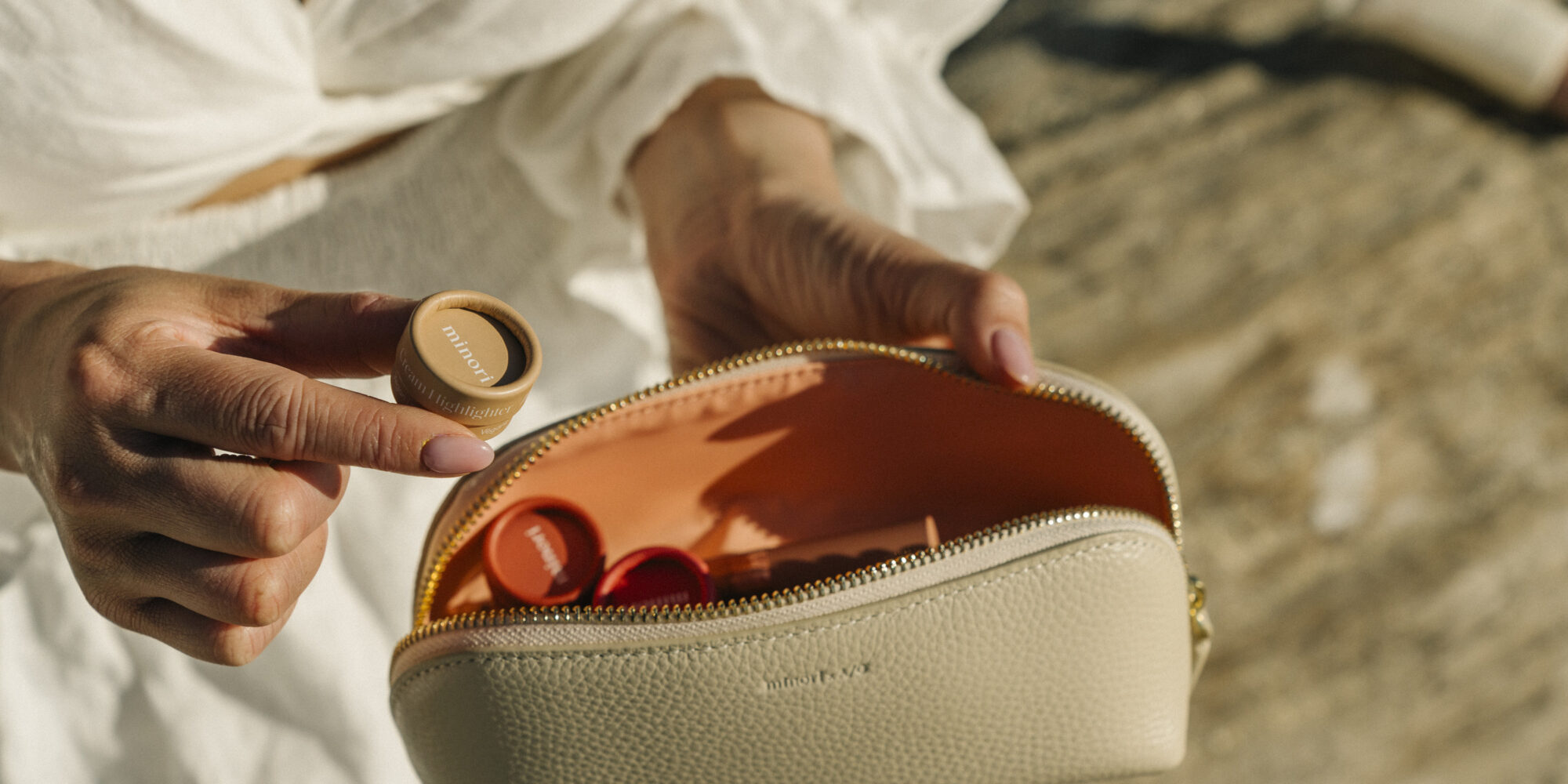
Makeup Brand Minori Beauty Taps Small Retail Network For Big Results
For Minori Beauty, growing big is about starting small.
Launched in 2021, the bootstrapped makeup brand isn’t rushing to secure a major retail partner just yet. Instead, it’s relying on a robust network of over 300 independent retail accounts in the United States and Canada to grow awareness and top-line sales. It opened about 200 accounts in the past year alone, consisting of beauty shops, gift shops, spas, hotels, clothing stores and florists. The Detox Market, Saks Fifth Avenue, Safe & Chic, Flip, The Sunday Standard and Veer & Wander also stock Minori.
“I look at independents as being our biggest cheerleaders nationally,” says Minori founder and CEO Anastasia Bezrukova. “It’s a very strategic and lovely way of doing business that’s not costing us an arm and a leg to make inventory move. There’s a lot to be done in this very diversified landscape and finding the right people and building a strong, sustainable and organic business from the ground up is the way to go.”
Boosted by the swell of new retailers, Minori’s sales increased over 120% in the past year. Wholesale accounts for about 70% of the brand’s sales, with direct-to-consumer distribution responsible for the balance. Indie accounts generate about 65% of Minori’s wholesale sales. Priced from $22 to $32, the brand sells four beauty products, including lip gloss, cream highlighter and blush, and recently released a sunscreen.
Beauty Independent spoke with Bezrukova about the wholesale platform Faire being a game changer for Minori, how brands should approach indie retailers, the volume an indie retailer can produce, and the challenges of supporting large retailers.
Was it a conscious decision to work primarily with indie retailers or was it simply a function of Minori’s size?
From the get-go, I was perhaps a little bit turned off by how beauty was experienced in big stores. There’s something there that is just so overwhelming to me as a beauty expert. I could only imagine how this must feel to someone who doesn’t spend their hours on Instagram, TikTok and YouTube or who isn’t necessarily a huge makeup user. I wanted to create a brand specifically for those people.
There are many beauty lovers, but then there’s like 40% of the population that doesn’t wear makeup on a daily or weekly basis. Where are the brands that focus on them?
I also spent time as a beauty buyer in the past working with indie brands not necessarily in the big-box stores yet. They were growing their business from the ground up, focusing on the customer and DTC sales, but also were in more niche boutiques.
I was very strategic about working with The Detox Market as our launch partner. I wanted a seal of approval that we’re a clean beauty brand. I wanted to build out a really strong network of customers in the first couple of years of this brand before I take it potentially to a bigger retailer.
If you’re entering a big retailer without your cult following, you’re going to have to pay really big marketing dollars to acquire that customer. And why would Minori be interesting to a Sephora if we don’t have a million customers who want to buy us yet?
I would eventually love to be in a national retailer, but I want to bring millions of dollars of sales to those retailers. It will be successful once we’re at that point, and I’ve seen other brands do that. Ilia had a very interesting roadmap for the first 10 years, building out a really strong network of independents before securing their Sephora partnership. That didn’t happen overnight for them.
For me, having the independents is important, and I absolutely love working with them. They put in so much care and effort into helping grow our sales and representing us well. We’ve actually moved more product in a single independent store than we have on some of our bigger partner’s websites.
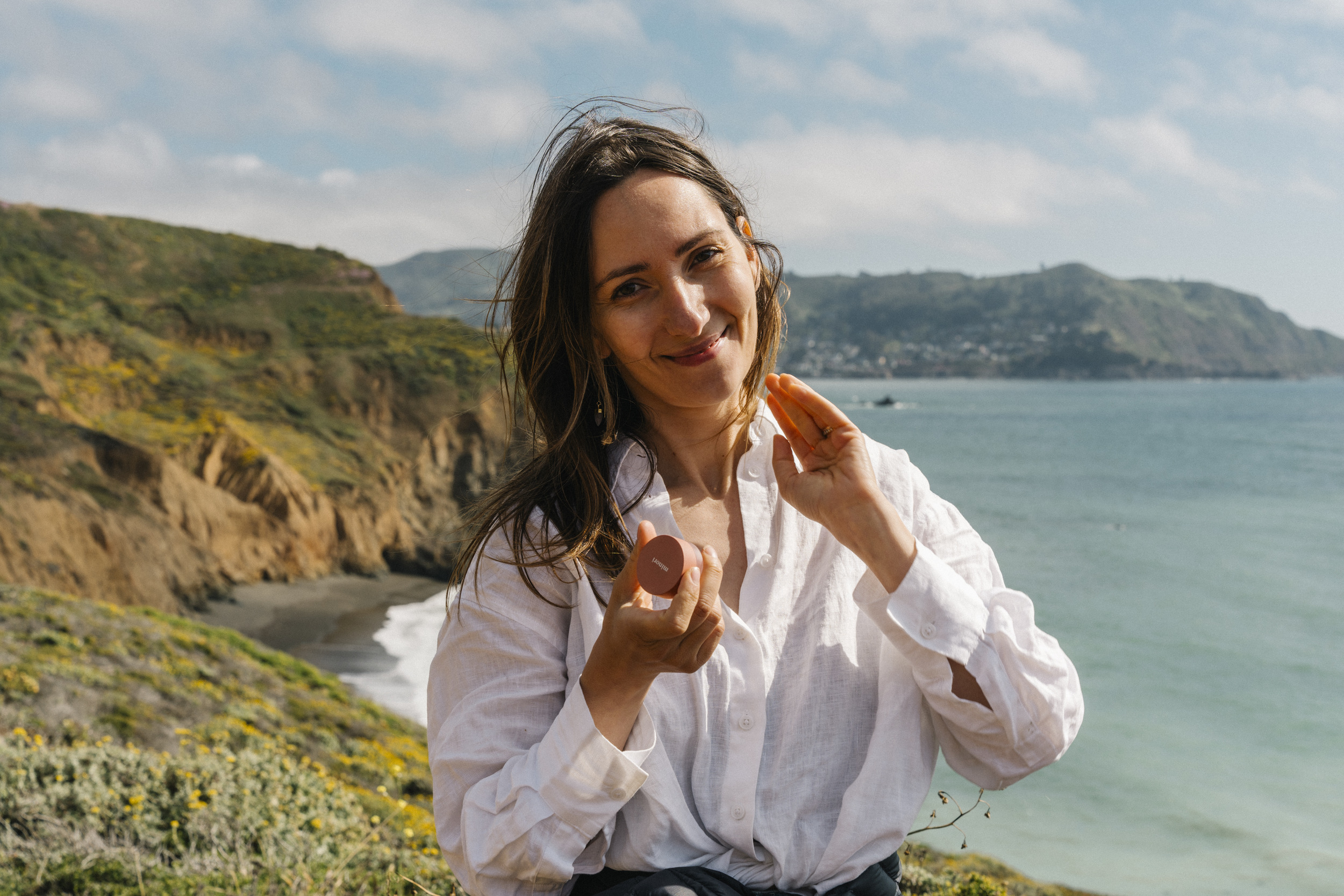
How do you find Minori’s retail partners?
Research is step No. 1. I try to understand the types of stores where I think Minori would do well and then build lists of dream gift stores. I do what a lot of other brands do, too. For example, there’s this great skincare brand that has similar price and positioning to us, so if a store carries them, it should potentially be interested in looking at our products.
I tested a lot of different ways in the early days of Minori. I emailed a lot of people. We found that sending DMs on Instagram can be more efficient because people seem to be slightly more responsive. But it’s about having all your ducks in a row, like having your line sheet beautifully designed and crystal clear. Outreach on our side has been a huge portion of it.
At the beginning, it’s really tough. You can message a thousand stores and get no response, but you have to start somewhere. Having The Detox Market really helped us, and we built from that point on by offering to send samples. It’s also important not to send samples without being asked to. I think everyone’s kind of tempted to send samples right away, but it’s a question of respect of not flooding a store unless they’ve requested them.
After that, Faire has been the biggest game-changer in reaching accounts. The experience is so seamless, and retailers have way less to lose because it’s not a whole new process for them. Two or three years ago, most of the stores that I was reaching out to were not on Faire. It was a much more difficult decision of, OK, are we going to try this out? Are we going to risk working together over this $400 opening order that we’re going to have to chase payment for?
How are you investing in Faire at this point?
Faire’s new ad program has been wildly successful for us. We’re seeing about 10X ROAS [return on ad spend]. It is way more efficient than spending ad dollars on Facebook for our DTC. They don’t let you spend over a certain amount right now, but I think that might change. We’re spending maybe $500 on ads per month on there. About 32 new stores have found us since March from it.
What materials should brands have ready to go when pitching indie retailers?
A beautifully designed brand deck that’s not too long that has your brand story. An overview of your full collection with a deeper dive into your hero SKUs is important. It should have strong photography and detail any social proof that you might have, whether it’s press or big influencer partnerships. It should be less than 10 pages. If you can get it into a four-page brand deck, that’s even better.
Also, having an additional line sheet with all of your SKUs listed as well as your wholesale and retail prices and your case packs and the colors that they come in is key, too. Keep it very clean and very visual. You can usually DM those to a retailer. We’ll usually mention in the line sheet that you can order our products on Faire, too.
Conversely, you can also create line sheets that are custom to a particular store or channel. Maybe you make a line sheet specifically for spas or gift stores where you put more of your gift sets on there to keep things relevant for them.
What’s your criteria for working with an indie retailer?
These things evolve as a brand gets bigger and has a little bit more ability to say, OK, we’re on solid footing now and we can become pickier with who we’re choosing to work. Minori has definitely gotten to that place where we’re raising our order minimums a bit. We’re still trying to be very affordable, and I would hate for us to ever get to that place where we have a 1,000-unit opening order minimum. That’s super difficult for retailers to meet.
We mainly look at their social media accounts to see if we add value. We also consider if the retailer carries low-cost brands, especially within our category. Who else in the beauty and wellness space are they carrying? Does it seem like their customer will be interested in this product?
Then, there’s a lot of really good independent spas that maybe don’t have the most professional Instagram because they’re doing services and they’re just posting pictures of before-and-afters. It doesn’t always look pretty, but they care about that customer, and they will make that one-on-one recommendation to her.
We’re still testing out different channels. There was a period where I thought hair salons would be a huge thing for us. I realized that wasn’t the case, but meanwhile med-spas have been doing well. Gift shops are also doing well.
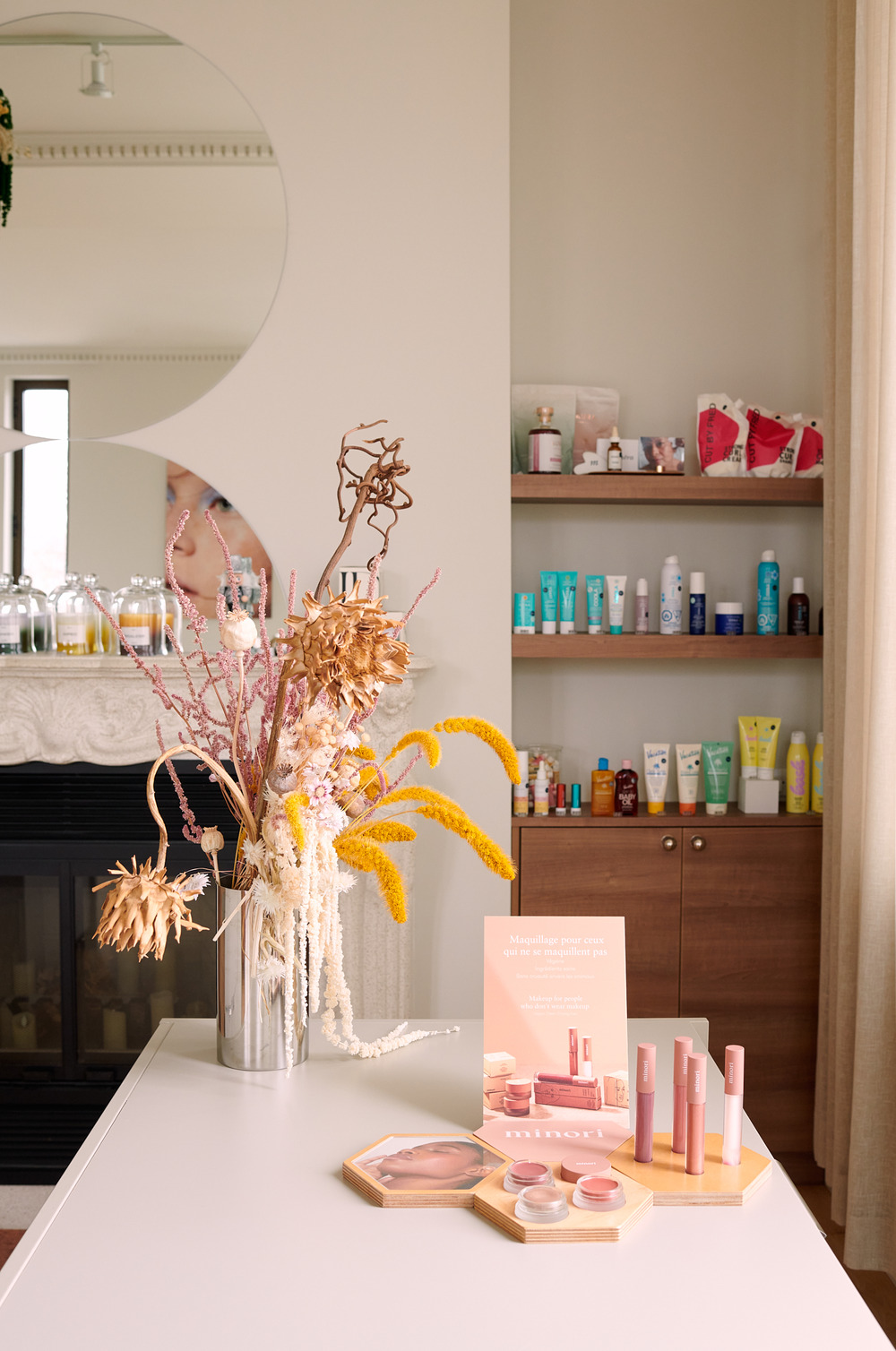
Do you have a defined strategy for the kinds of indie retailers you’re targeting?
It comes back to who we are as a brand. Minori is makeup for people who don’t wear makeup. Where does that customer go? She’s not walking into a makeup store most of the time or a big beauty store.
But she might be shopping at a general store in her town. She might be shopping at a gift store that she came into to buy something for her house or her friends. She’s getting skincare services. She might be staying at a hotel and getting a massage.
We’re seeing a lot of potential in being in med-spas, in skincare service places and hotels and resorts. Hotels mainly focus on luxury skincare brands, and makeup brands have such big assortments that they don’t really work in that channel, but Minori does and we’re in a handful of hotels. We’re seeing such good sales and such strong reorders there.
Why didn’t hair salons work?
When I go to a hair salon in San Francisco, it’s like $300. It’s so much money, especially in this economy. Are you really going to spend an extra $30 or $40 on a product?
Also, hairdressers are busy, and they’re not sales-y. Unless they’re doing a makeup touchup on you on the spot, which is not part of their typical routine, it’s harder for them to introduce a product like ours naturally. It became clear that unless they were already selling a few other makeup brands in a dedicated section, the product felt out of place.
Compare that to a med-spa that has even a bigger assortment of skincare products. In that case, having that one makeup brand feels like, oh, this actually stands out, but in a good way.
Which med-spas does Minori work with?
Aesthetics by Kell is one. They’re based in Bedford, Pennsylvania. It’s a beautiful little shop. They carry a small assortment of beauty brands like Kinfield, Three Ships and Poppy & Pout. They have some refill products, but their bread and butter is from the services that they provide.
We’re reformulating our clear lip gloss to be a more of a lip serum or lip treatment product specifically to target med-spas. There’s so much potential there to curate a small portfolio of products towards that specific channel.
We created zero-waste minis specifically to target zero-waste stores. When you’re building the product itself, you could be building it for a specific slice of the independent market. We don’t necessarily want that med-spa to carry the entire assortment of Minori products. We want them to carry the ones that will sell for them.
What volume is Minori doing in its top-performing indie retailers?
These stores are still small. They don’t have a ton of cash to buy in big amounts, especially of a product that’s not super expensive. You’re not going to get an insane amount per door necessarily. Our goal is to get consistent small reorders.
If we can get a $400 order on a monthly basis from a store and just keep it steady, that’s a great place to be with an independent retailer. In many cases, you’re going to have a $200 per month order for a small store, but the key is consistency and momentum.
Our products are affordable, and we don’t have huge case packs. We keep our order minimum on Faire right now at $150. It is easy for retailers to keep those small continuous orders coming in. It’s easy for us to centralize it through Faire. It’s not a ton more work on our end. We’d rather them order a lot throughout the year than do these really big buy-ins and be stressed about how quickly they’re going to sell it.
That’s another reason why you do need a pretty big distribution with independents. You can’t count on one little store to sell $10,000 a month, but this strategy works better than thinking, I’m going to get onto Anthropologie.com and that’s going to keep my lights on.
How does a small brand support a large network of indie retailers?
It’s sending them samples. We just launched 10,000 units of our full-size sunscreen, but we also produced 10,000 samples. We’re going to sell a portion of them, but we’re also gifting them to every door that orders the product because we want them to give them out to customers.
It’s also making sure you have a really good retail display that’s affordable enough for them to buy into it or for you to give it for free at a certain level of sales orders. It was a huge needle mover for Minori once our retail displays came out to be able to provide Instagram assets, ready-to-post Reels, ready-to-post photos and product descriptions. If you have time, give them a call or have a Zoom training.
If your brand does over $1 million in retail sales per year, I think you should have an internal hire dedicated to wholesale. It’s going to make your business with that segment a more successful. Until you’ve reached that first $1 million, though, you’re most likely going to do it yourself as a founder.
It’s doable but it’s hard work. Maybe you’re not calling everyone individually, but you’re sending them emails. You’re using the Faire platform to send them a direct message. If you have 300 stores, spend two days messaging every one of them separately on top of that email blast that you’re going to send out to everyone as well.
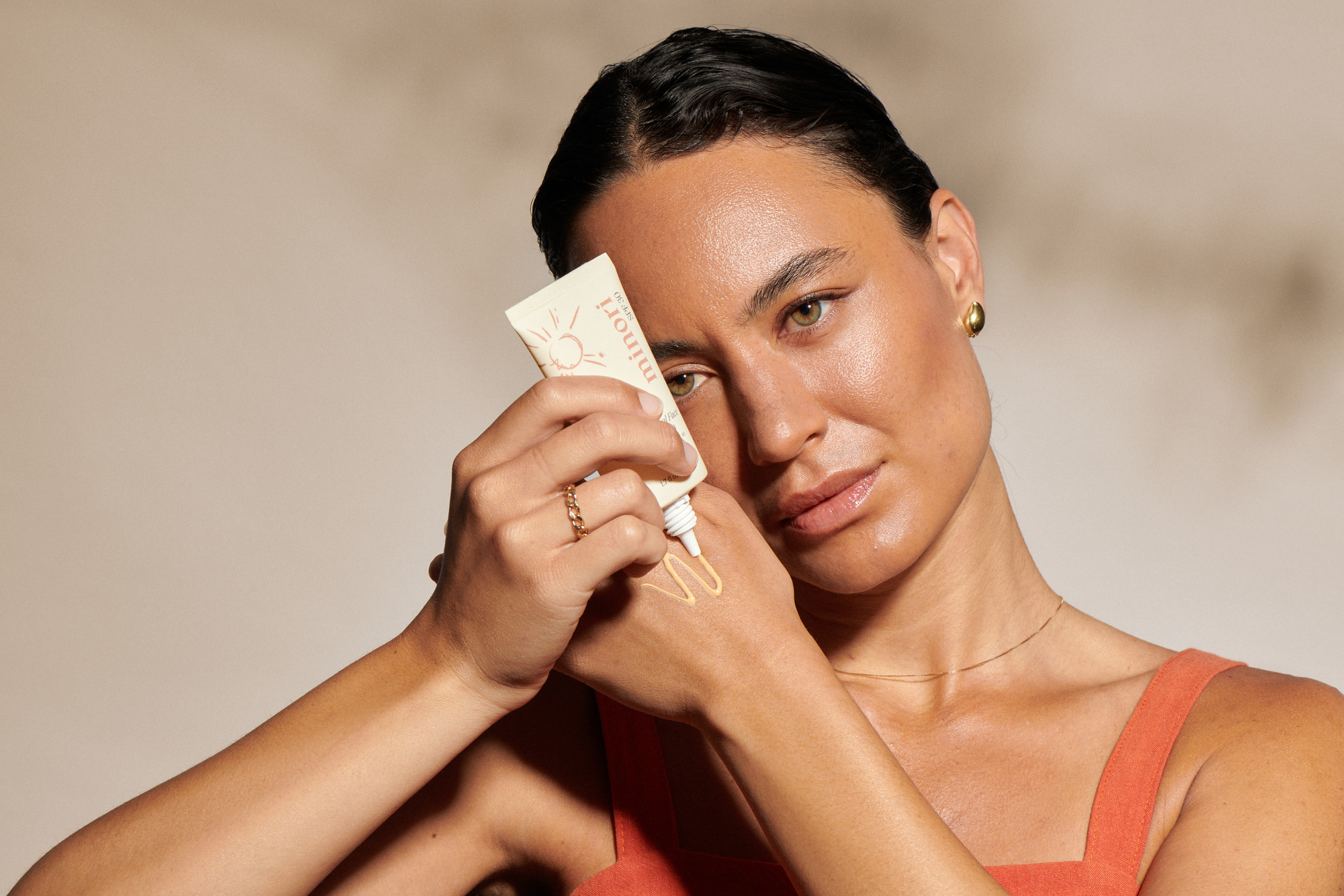
What are the challenges of maintaining a broad retail network?
Getting feedback on what’s working and not working. You have to go that extra mile to have these conversations.
Some things are easy fixes. We discovered people in stores couldn’t figure out which shades the lip glosses were in because there wasn’t a color strip on the product, and they weren’t sure if the word “Dream,” for example, was part of the product name or the actual shade.
For the next run, we redesigned the glosses. We have color strips on everything now. This is the type of small detail that may move your sales in a massive way that you wouldn’t have figured out unless you picked up the phone and asked, “hey, what could be done better?”
Another challenge is understanding what would help them sell more. Faire doesn’t necessarily have a sales tool embedded into it where you can you upload a course or a training manual. If you took the time to create your educational content, you could go and reach out to every store. Training and education make a huge difference. That’s a huge reason why big brands spend so much money on it, but when you’re an indie brand maybe you’ve never even spoken to an education expert or know how to streamline that process.
That’s the issue for me. How do we make a 10-minute YouTube-style video showing the best practices on how to sell Minori products? We still have a lot of work to do there to make sure that every store that carries our products has our top 10 tips, for example.
What larger retailers are you hoping to expand Minori into down the line?
Credo is definitely a dream future retailer because they’re pushing sustainability standards higher and higher. Whole Foods would also be a dream partner. I would love to be on the shelves of REI one day if they expand into personal care and a really tight makeup assortment.
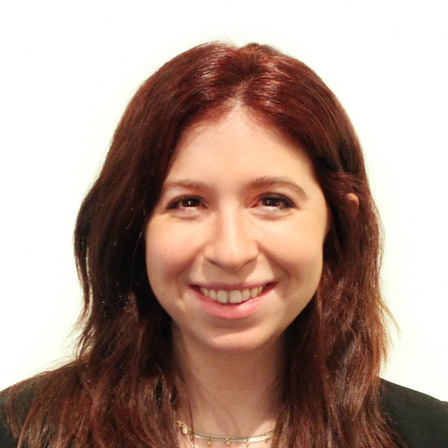

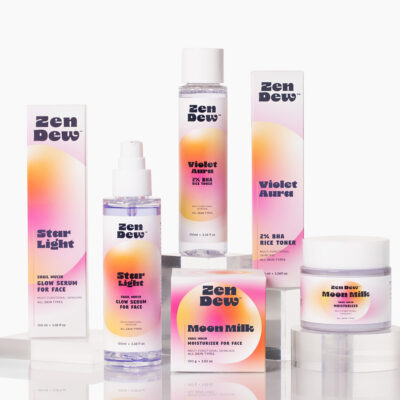

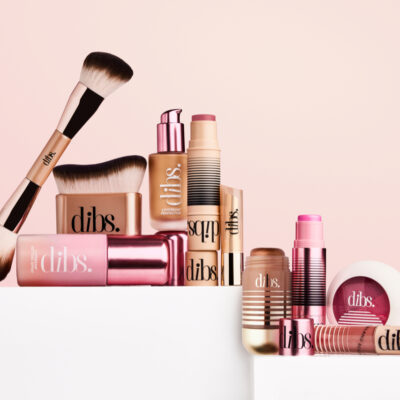
Leave a Reply
You must be logged in to post a comment.